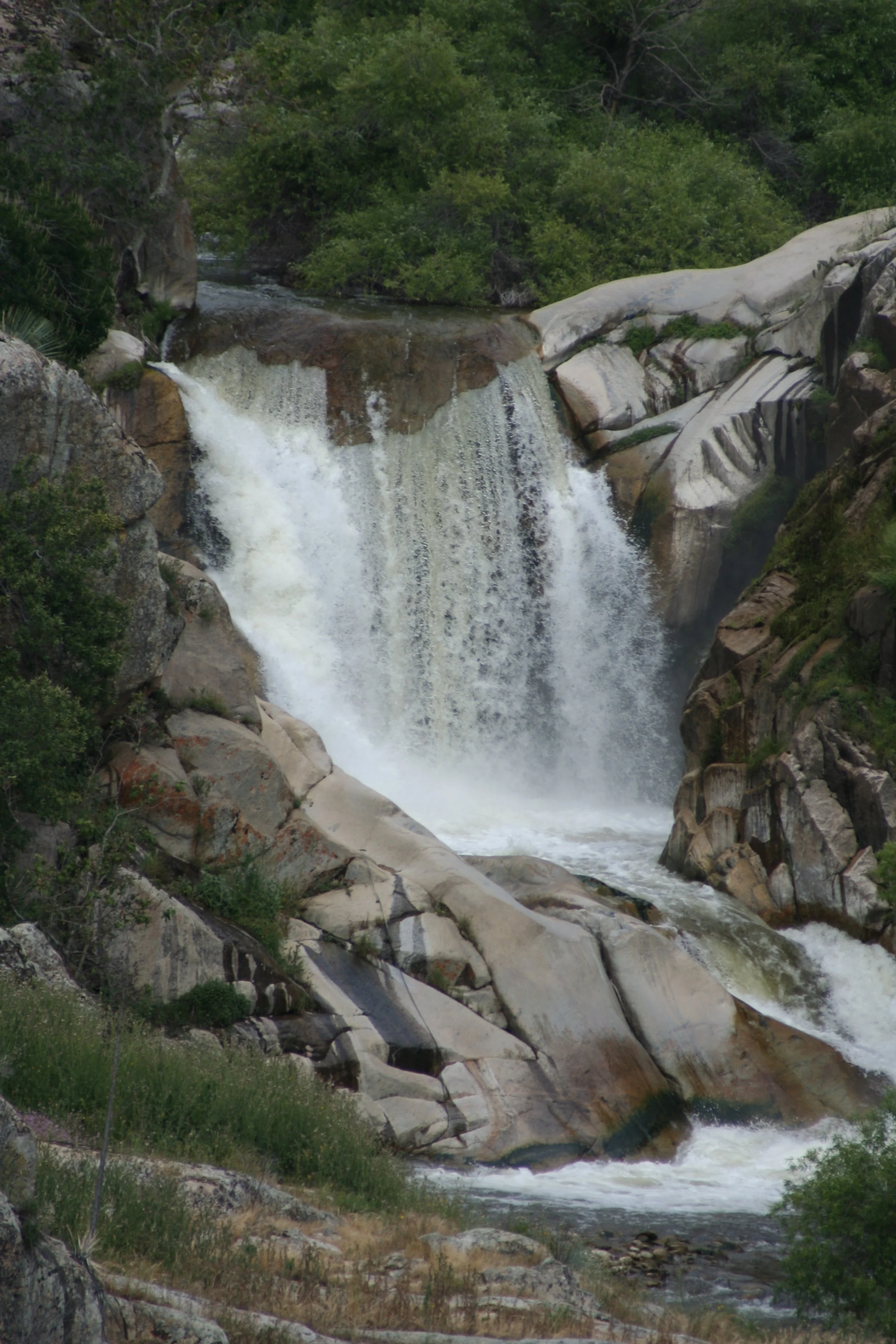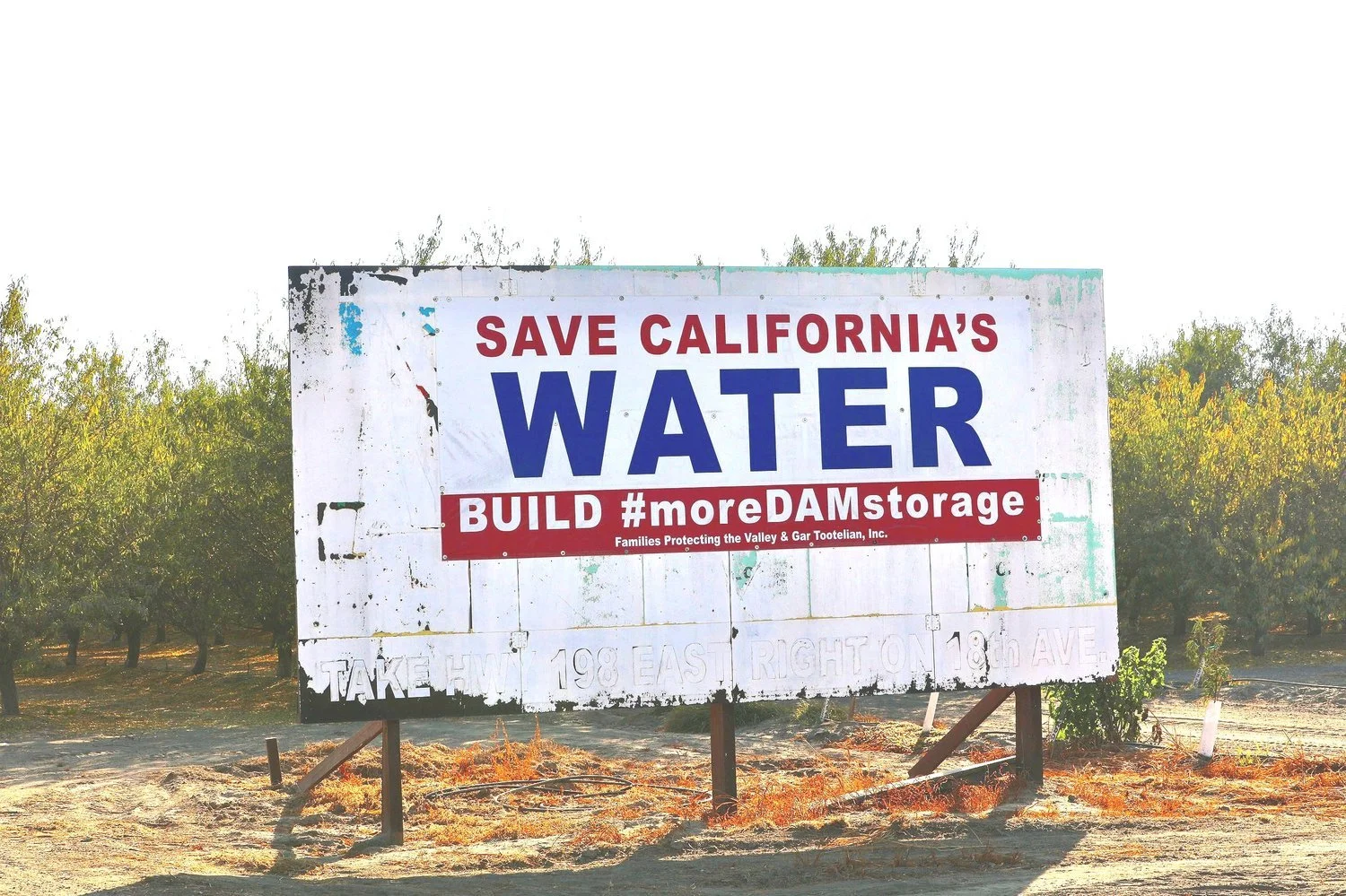A River Like Home: The Tule River
Stephens Falls on the Tule River. John Shelton.
I grew up spending summers in the Sequoia National Forest, in the Tule River watershed, at the family cabin my parents bought before I was born. Once school let out, my mom, my siblings, and I would head to the cabin, staying until the day before school started again. Along Highway 190, as you travel up the Middle Fork of the Tule River, we had several favorite spots to check out. My favorite—the one that still brings back the deep sense of home the mountains give me—is Stevenson’s Fall. You can easily spot this landmark from the road if you remember to watch the river.
Stevenson’s fall is actually on the South Fork of the Middle Fork of the Tule. Seeing the falls gives you the sense of the river’s flow, with some end of summer flows being quite low, but the spring time flows can be powerful. Only during the highest flows are there any signs of excess erosion with usually clear water flowing over and down into the plunge pool of the waterfall. Unfortunately, a series of fires, and then a very big water year in 2023 washed out many drainages and feeder stream channels. The water was muddy for several months due to the sediment runoff. Bare ground from the fires coupled with high runoff resulted in the closure of Highway 190 to the general public for a year for highway repairs. Most culverts were upgraded to carry a heavier runoff than our current and future climate is expected to bring.
I think of the Tule River as my home. I’d love to see it flow all the way to Pa’ashi Lake (Tulare lake), as it once did before the federal government built Success Dam and irrigation districts turned the lower reaches of the river into delivery canals. Once the Tule flows into Success reservoir, it is completely controlled and managed for agricultural irrigation. When water is released during big water years, it flows past the signs that read “tell Newsom to stop sending our water to the ocean”—a cry for the State to build more surface storage for farmers.
A sign similar to the signs the author describes in this article, near Fresno, CA, licensed by Shutterstock.
Of course, none of the water from the Tule River reaches the ocean unless the lake-bottom corporate agribusinesses can’t find any place to stash the water. That’s an incredibly rare occurrence.
The signs are meant to generate public sympathy and support for the State to take more water from Northern California rivers and export it to the San Joaquin Valley’s farmers. I suspect that Sacramento Valley folks don’t think of the rivers in their back yard holding water that belongs to San Joaquin Valley farmers, nor do they want their tax money to go towards depleting their region’s rivers so that others can use it.
I share the Tachi Yokut’s dream of reclaiming at least a portion of their homeland, Pa’ashi Lake, and I feel a deep connection to that place when looking at Stevenson’s Fall, a natural part of the Lake’s watershed. Water is life, and as Tachi stories explain, it shaped Pa’ashi into a home that was once the envy of all the surrounding peoples.


